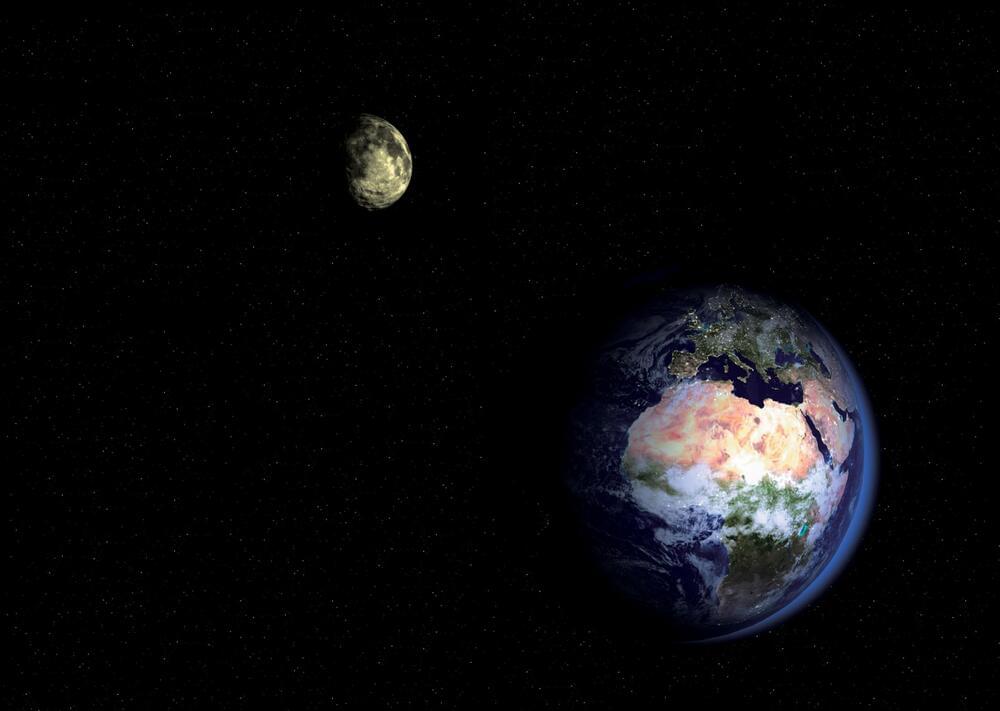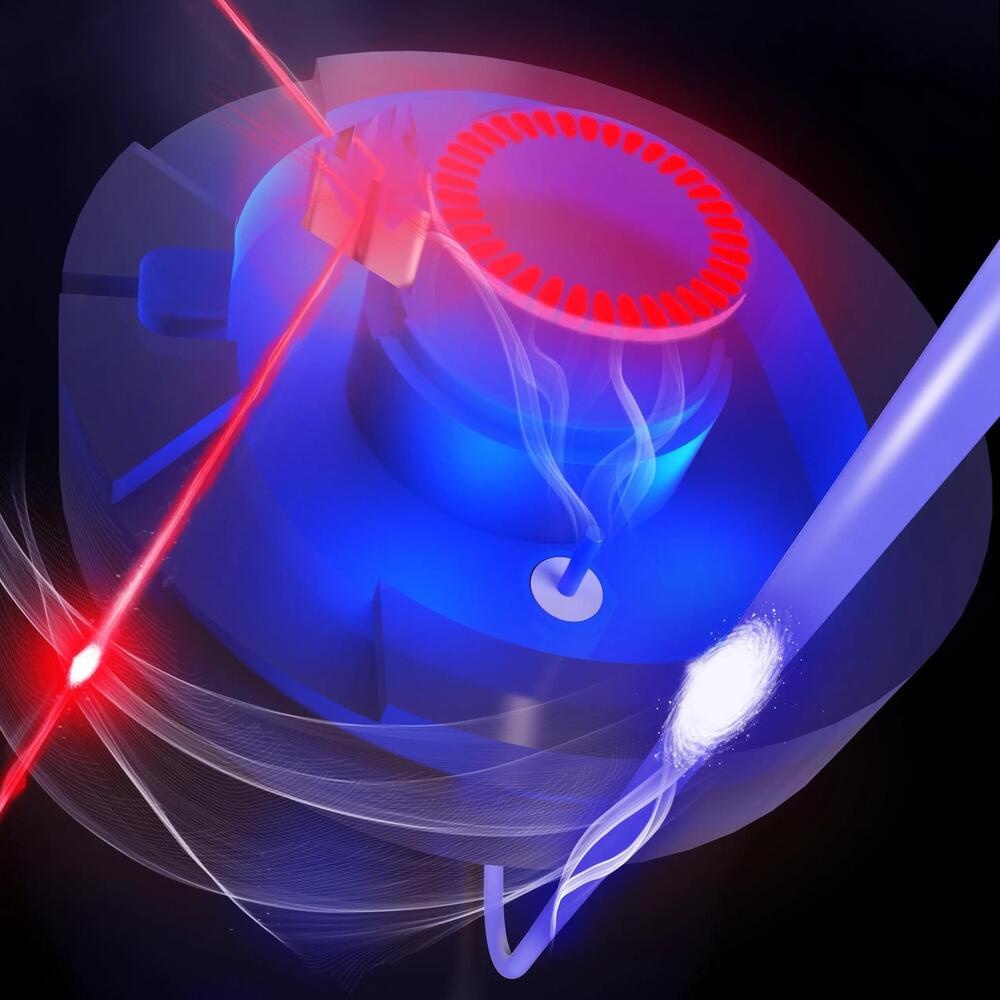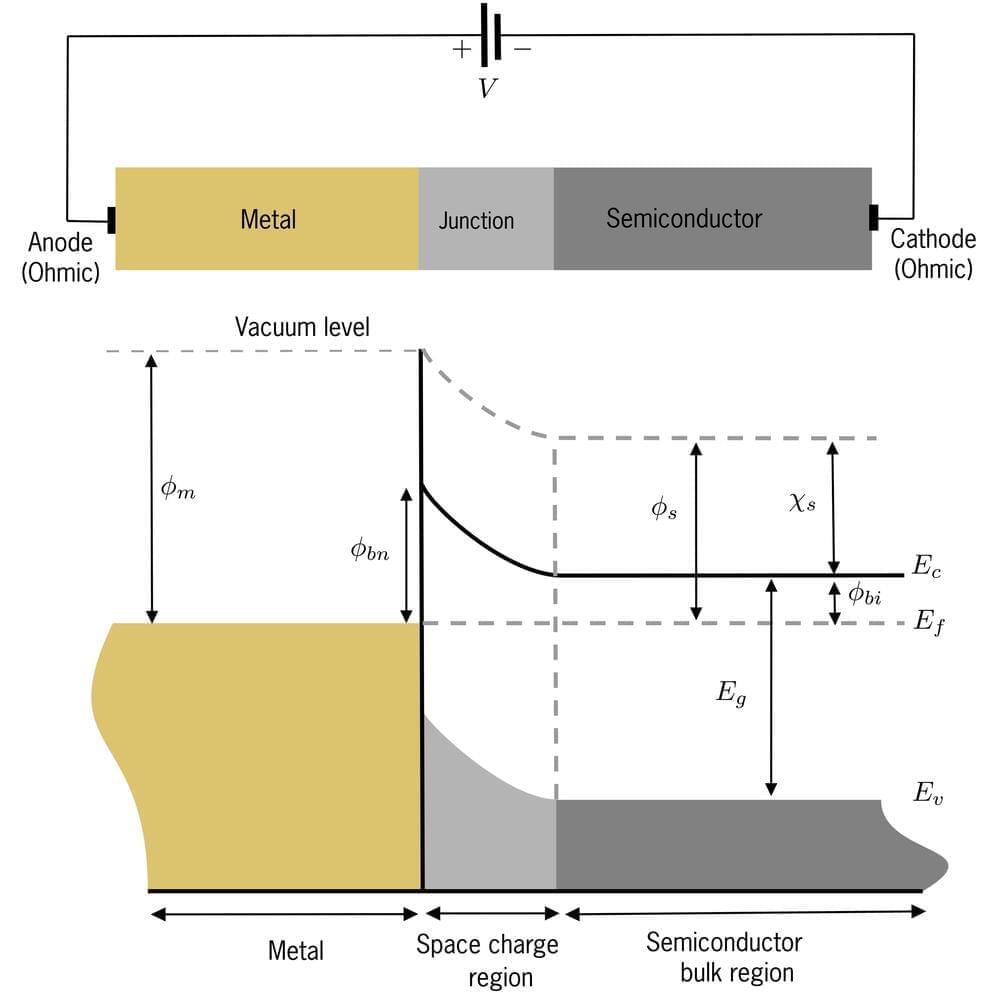An interdisciplinary team at the Advanced Quantum Testbed (AQT) at Lawrence Berkeley National Laboratory (Berkeley Lab) and the University of California, Berkeley’s Quantum Nanoelectronics Laboratory (QNL) achieved a technical breakthrough using qutrits—three-level systems—on a superconducting quantum processor.
The team successfully entangled two transmon qutrits with gate fidelities significantly higher than in previously reported works, thus getting closer to enabling ternary logic that can encode more information than their binary counterparts—qubits.
Published in Nature Communications in December 2022 and featured as an editor’s highlight, this experimental success pushes forward AQT’s qutrit research and development, including previous experimental successes published in 2021 in Physical Review X and Physical Review Letters. Ternary quantum information processors offer significant potential advantages in quantum simulation and error correction, as well as the ability to improve certain quantum algorithms and applications.








